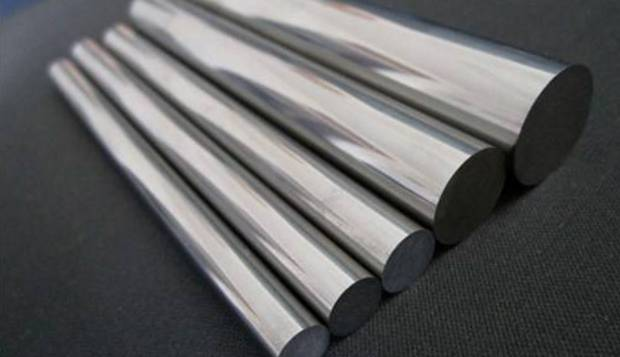What is the difference between high speed steel and tungsten steel
Mar. 21, 2024
01 High speed steel
High speed steel (HSS) is a tool steel with high hardness, high wear resistance and high heat resistance, also known as wind steel or sharp steel, which means that it can harden even when cooled in the air during quenching, and it is very sharp. It is also called white steel.
High-speed steel is an alloy steel with complex composition, containing carbide-forming elements such as tungsten, molybdenum, chromium, vanadium, and cobalt. The total amount of alloying elements is about 10 to 25%. It can still maintain high hardness under high heat generated by high-speed cutting (about 500℃), and the HRC can be above 60. This is the most important characteristic of high-speed steel - red hardness. After quenching and low-temperature tempering, carbon tool steel has a very high hardness at room temperature, but when the temperature is higher than 200°C, the hardness drops sharply. At 500°C, the hardness has dropped to a level similar to the annealed state. , completely losing the ability to cut metal, which limits the use of carbon tool steel in making cutting tools. High-speed steel makes up for the fatal shortcomings of carbon tool steel due to its good red hardness.

High-speed steel is mainly used to manufacture complex thin-edged and impact-resistant metal cutting tools. It can also be used to manufacture high-temperature bearings and cold extrusion molds, such as turning tools, drill bits, hobs, machine saw blades and demanding molds.
02 Tungsten steel
Tungsten steel (tungsten carbide) has a series of excellent properties such as high hardness, wear resistance, good strength and toughness, heat resistance, corrosion resistance, etc., especially its high hardness and wear resistance, even at a temperature of 500°C. It remains basically unchanged and still has a high hardness at 1000°C.
The main components of tungsten steel are tungsten carbide and cobalt, which account for 99% of all components, and 1% is other metals, so it is called tungsten steel, also known as cemented carbide.
Tungsten steel is a sintered composite material containing at least one metal carbide. Tungsten carbide, cobalt carbide, niobium carbide, titanium carbide, and tantalum carbide are common components of tungsten steel.
The carbide component (or phase) has a grain size typically between 0.2 and 10 microns, and the carbide grains are held together using a metallic binder. The bonding metal is generally an iron group metal, and cobalt and nickel are commonly used. Therefore, there are tungsten-cobalt alloys, tungsten-nickel alloys and tungsten-titanium-cobalt alloys.
Tungsten steel sintering molding is to press the powder into a billet, then enter the sintering furnace to heat to a certain temperature (sintering temperature), keep it for a certain time (heat holding time), and then cool it down to obtain the tungsten steel material with the required properties.
1) Tungsten-cobalt cemented carbide
The main components are tungsten carbide (WC) and binder cobalt (Co).
2) Tungsten titanium cobalt carbide
The main components are tungsten carbide, titanium carbide (TiC) and cobalt.
3) Tungsten titanium tantalum (niobium) type cemented carbide
The main components are tungsten carbide, titanium carbide, tantalum carbide (or niobium carbide) and cobalt. This type of cemented carbide is also called universal cemented carbide or universal cemented carbide. Tungsten steel has a series of excellent properties such as high hardness, wear resistance, good strength and toughness, heat resistance, and corrosion resistance. In particular, its high hardness and wear resistance remain basically unchanged even at a temperature of 500°C. It still has high hardness at 1000℃. Carbide is widely used as materials, such as turning tools, milling cutters, drill bits, boring tools, etc. The cutting speed of new cemented carbide is hundreds of times that of carbon steel.









